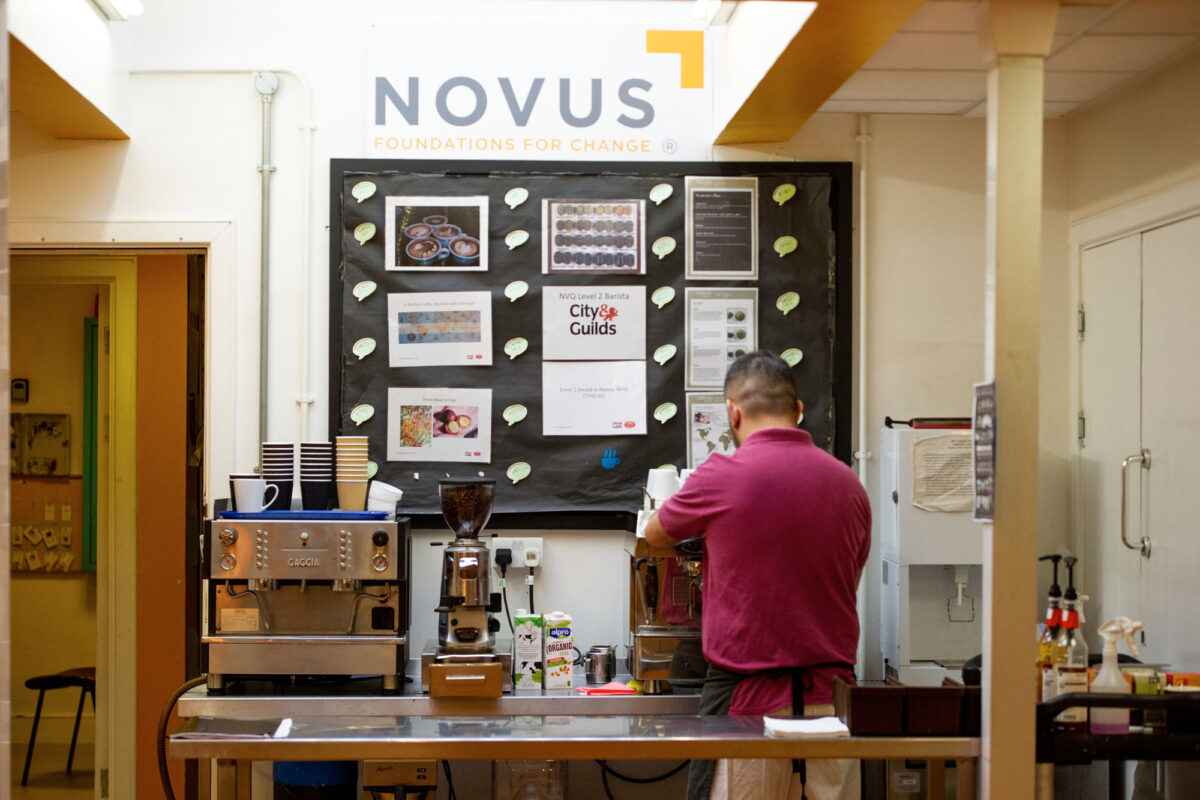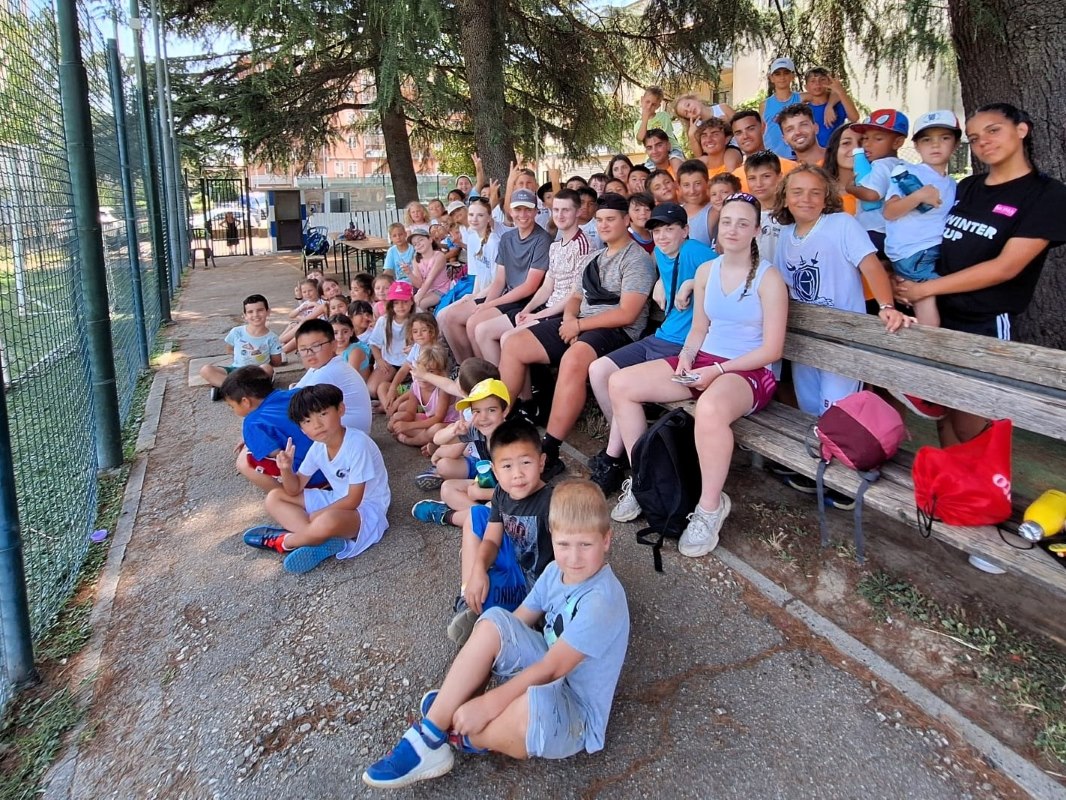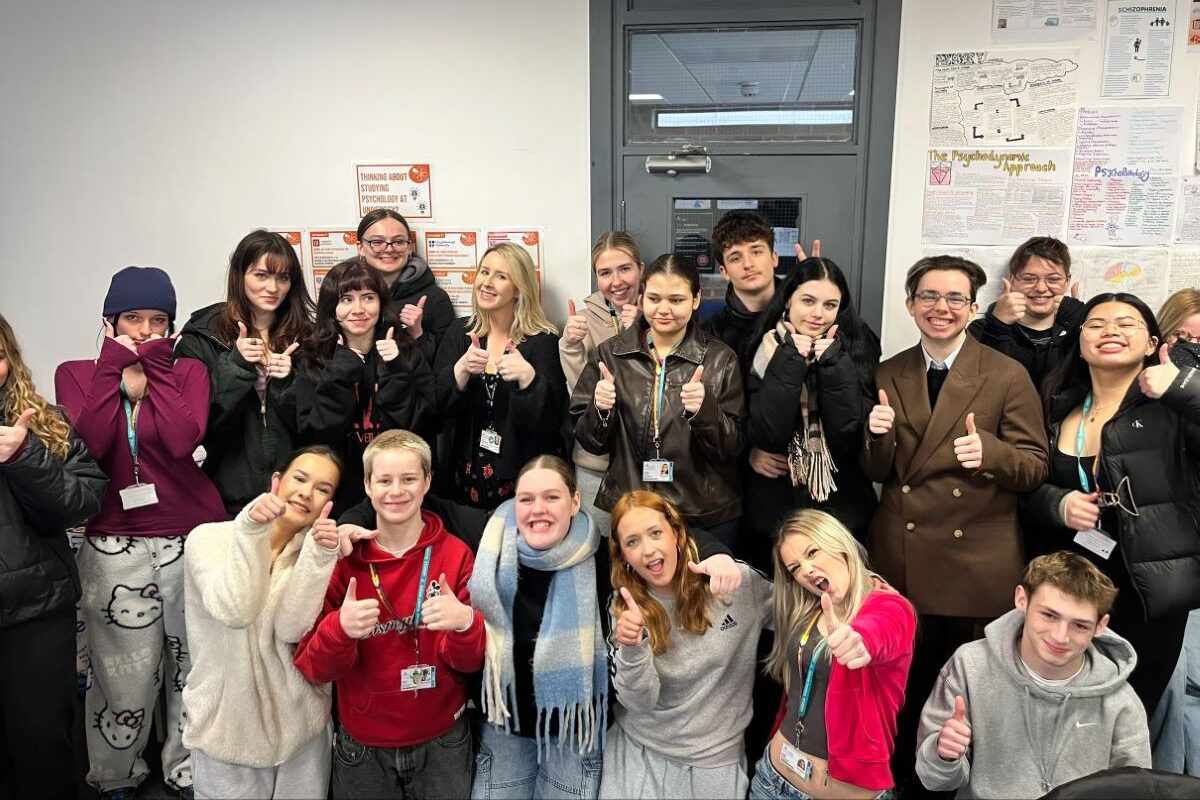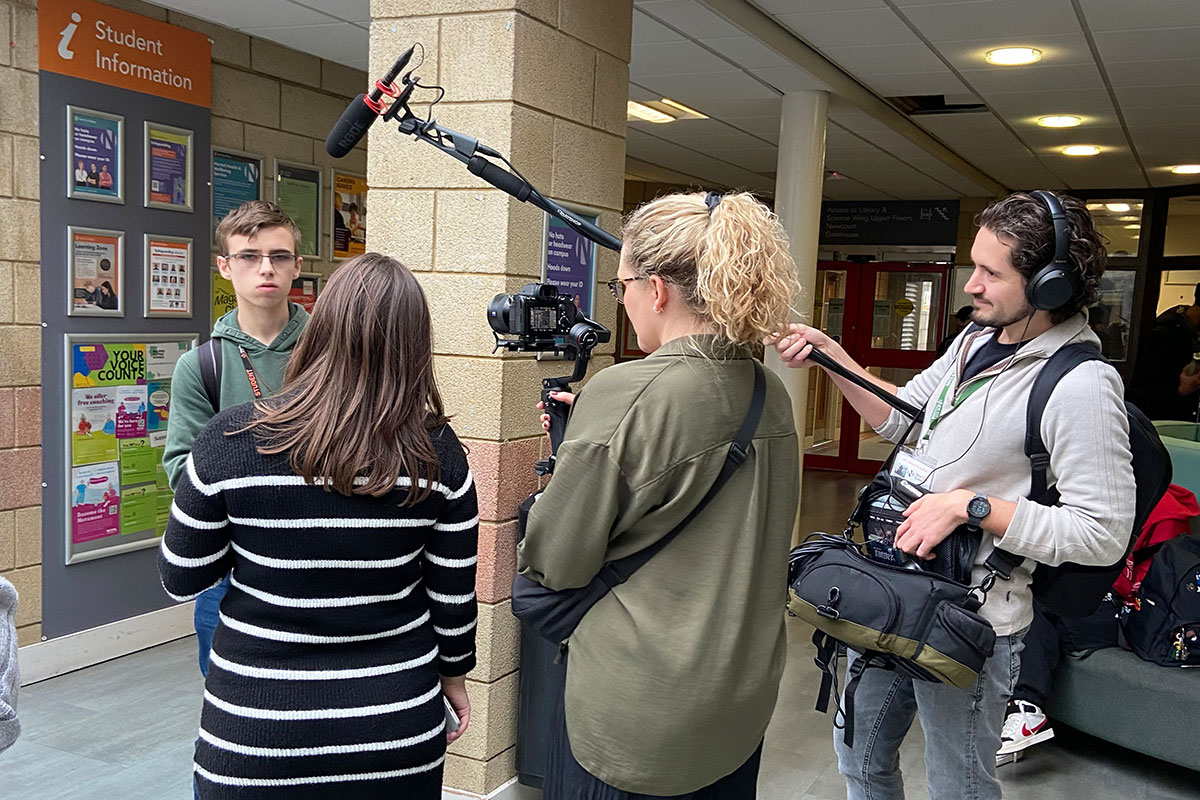Three ways that universities can improve the digital student experience today

Higher education organisations are under serious pressure to digitally transform – particularly when it comes to student experience.
It will come as a shock to no one that most undergraduates (and postgraduates) are now Gen Z. These students have grown up in a world where everything from TV shows to takeaways are available on demand via their smartphones. As such, the need for instant gratification is high among this peer group. What’s more, higher tuition fees and increased competition mean that the demands of this student cohort are higher than ever.
However, we cannot ignore that 2020 changed everything. Both students and parents, regardless of age and generation, became digital natives overnight. As such, expectations around having easy-to-use digital, self-service options for every interaction – no matter the situation – accelerated.
The good news is, we are seeing digital being embraced by some. For example, it is widely acknowledged that the UK’s oldest academic institutions – such as Oxford University – have prioritised making their student experiences digital.
Sadly, the same can’t be said for all organisations in this sector. Many are still lagging when it comes to providing personalised digital support to students and, as such, are putting themselves at risk as the world and their students evolve.
Here are three challenges that you can overcome with the right tools and technologies to elevate student experience today
1. Meet students on their preferred digital channels
Traditionally, universities have relied on phone and email as the main ways for students and parents to access support – everything from clearing, to student finance enquiries, technical difficulties, and mental health support.
The reality is, however, that not all these events require speaking directly to an advisor and could be dealt with in faster, much more useful ways through channels that students use day to day.
Consider that 80% of people now begin any issue resolution in Search. Giving students access to support across a variety of digital channels – including Search – is not only the optimal approach for them, but it relieves some of the burden from your advisors too.
Imagine optimising your search approach so that students are served practical blogs on “how to upload my essay onto the student portal”, but are guided through to an empathetic advisor when looking at “struggling with mental health at uni” on social media.
Once a digital-first contact centre is embraced—which analyses student data, offers self-service options, and the use of various digital channels for support—high call volumes are reduced, and the service improved.
2. Empower faculty and students with expert knowledge
When it comes to student experience in higher education, the biggest obstacle lies with knowledge management. Knowledge bases typically consist of unstructured knowledge, poor search engine crawling, and disconnected content. This widens the gap between university and student – and hinders productive communication between the two.
With the right AI-powered technology, you can empower advisors by giving them the knowledge they need in real-time to provide an expert and personalised student experience.
This could even be key to helping reduce the pain associated with admissions and clearing, providing students, as well as parents, alumni and faculty, with the right information about courses and availability, when they need it.
3. Offer round-the-clock fast-track support
Students are already accustomed to receiving instantaneous customer support, whether they’re making a purchase online or reporting a glitch on their social media accounts. It’s therefore no wonder that they expect the same level of service from their university. From studying at home to studying abroad, they need access to support anytime, anywhere.
Yet, traditional methods of addressing students’ queries involves 9-5 helplines and limited office hours for speaking with attending professors. Overcoming this traditional approach in a way that works for everyone means turning to technology that can help you analyse data to deliver actionable insights.
Higher education institutions have an abundance of student data. This is an asset that, once analysed, can lead to issue resolution with speed and ease. Insights into student behaviour can push this even further, allowing you to meet the student at the start of their journey – be that search, social media, or in-app – and offer them digital self-service options where it makes sense. This is both convenient for your students and a more cost-effective solution for your institution.
Bridging the gap between student experiences and digital experiences with AI
Digitising your student services can seem overwhelming, but it needn’t be with the right tools to hand. AI-powered technologies, that can analyse data and provide actionable insights, are key to enhancing the student experience in a digital world. And with AI fast becoming an integral part of customer experience, higher education institutions have no choice but to incorporate this powerful enabler into their CCaaS stack. All you need to do is take that first step.
By Maria Adey, District Account Manager, UK, NICE











Responses